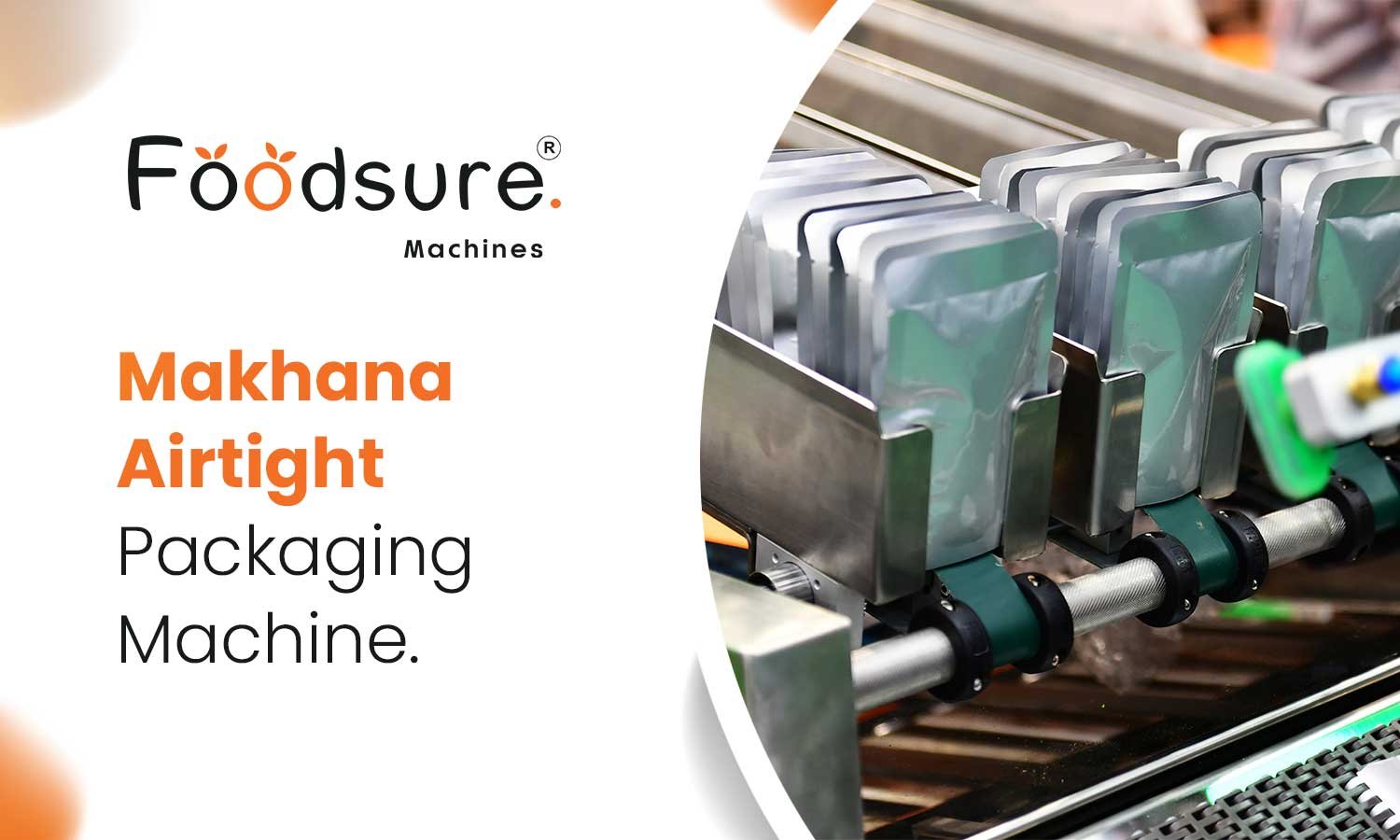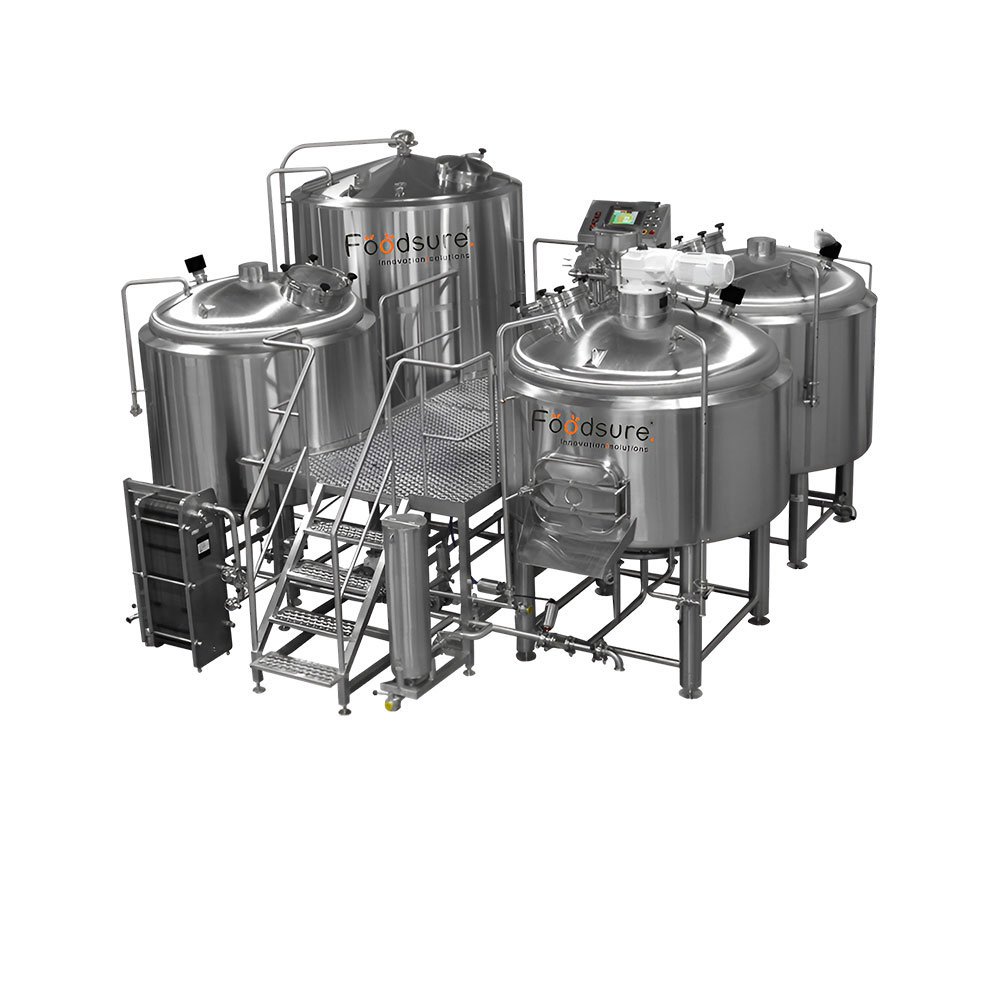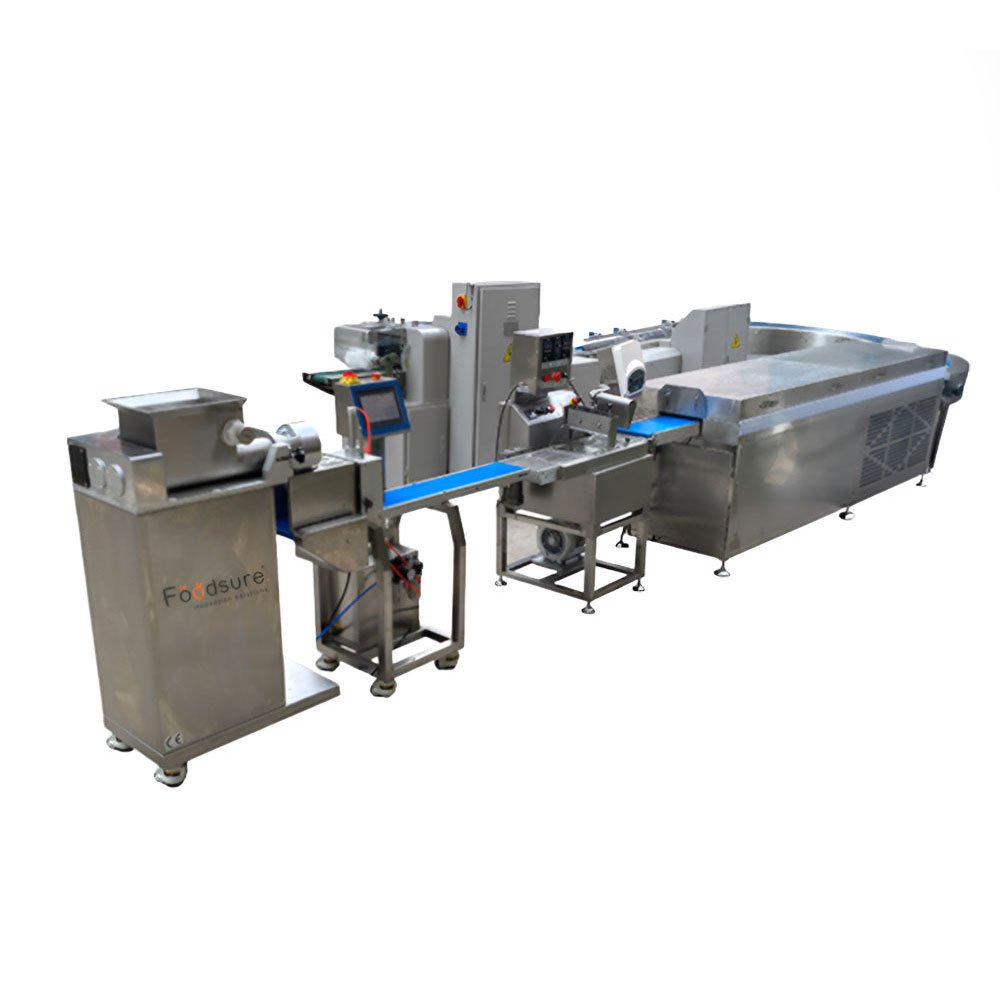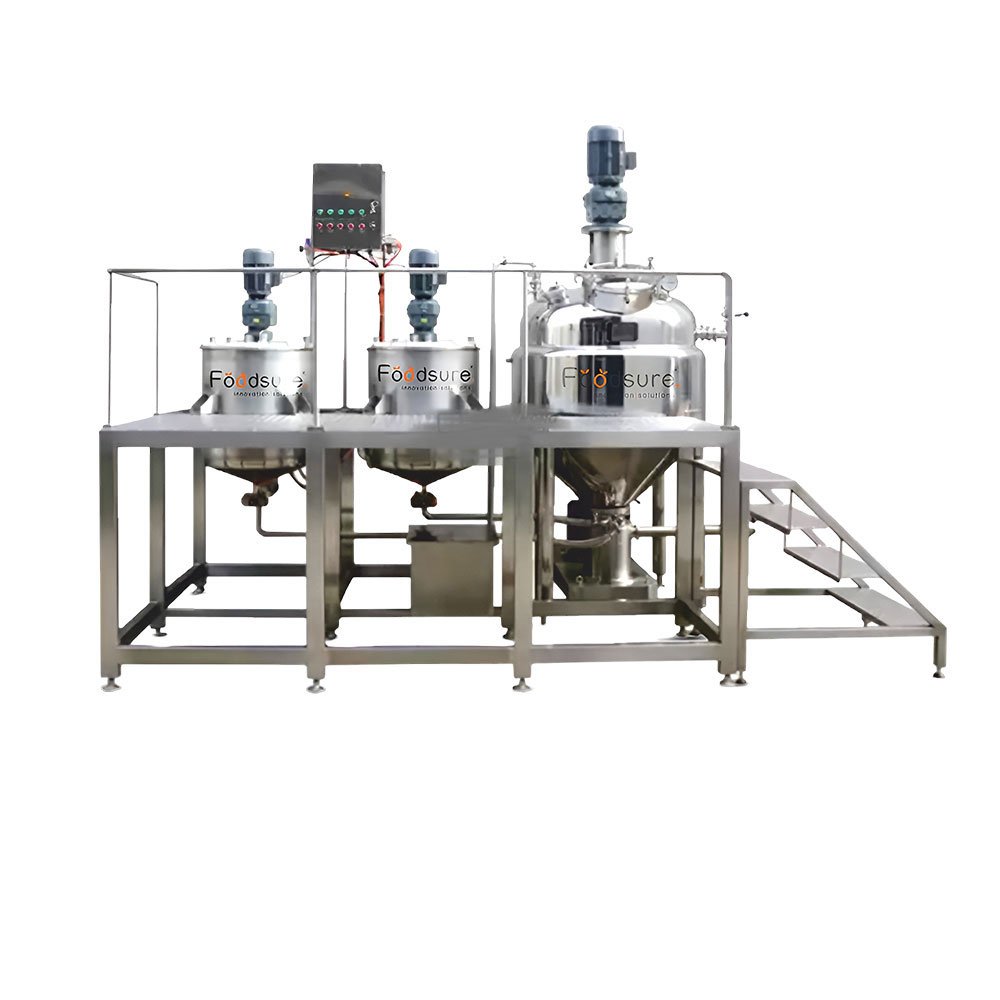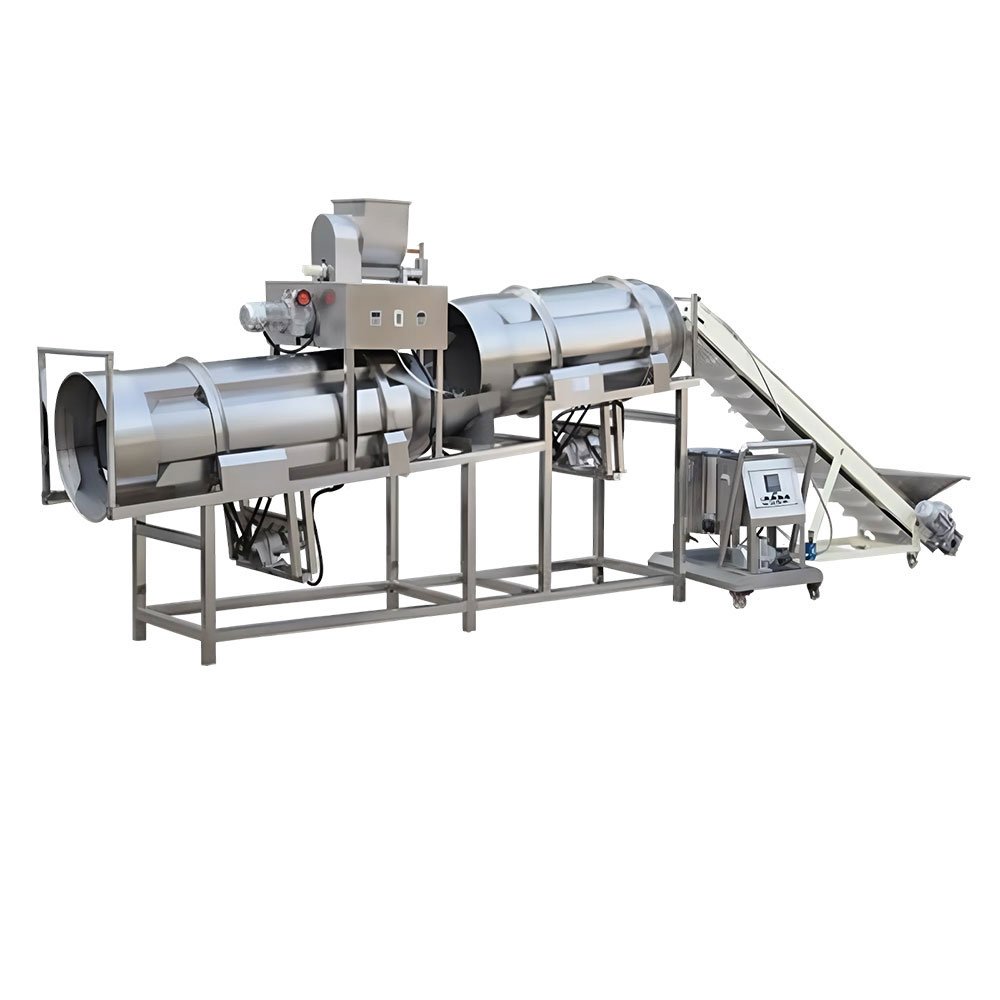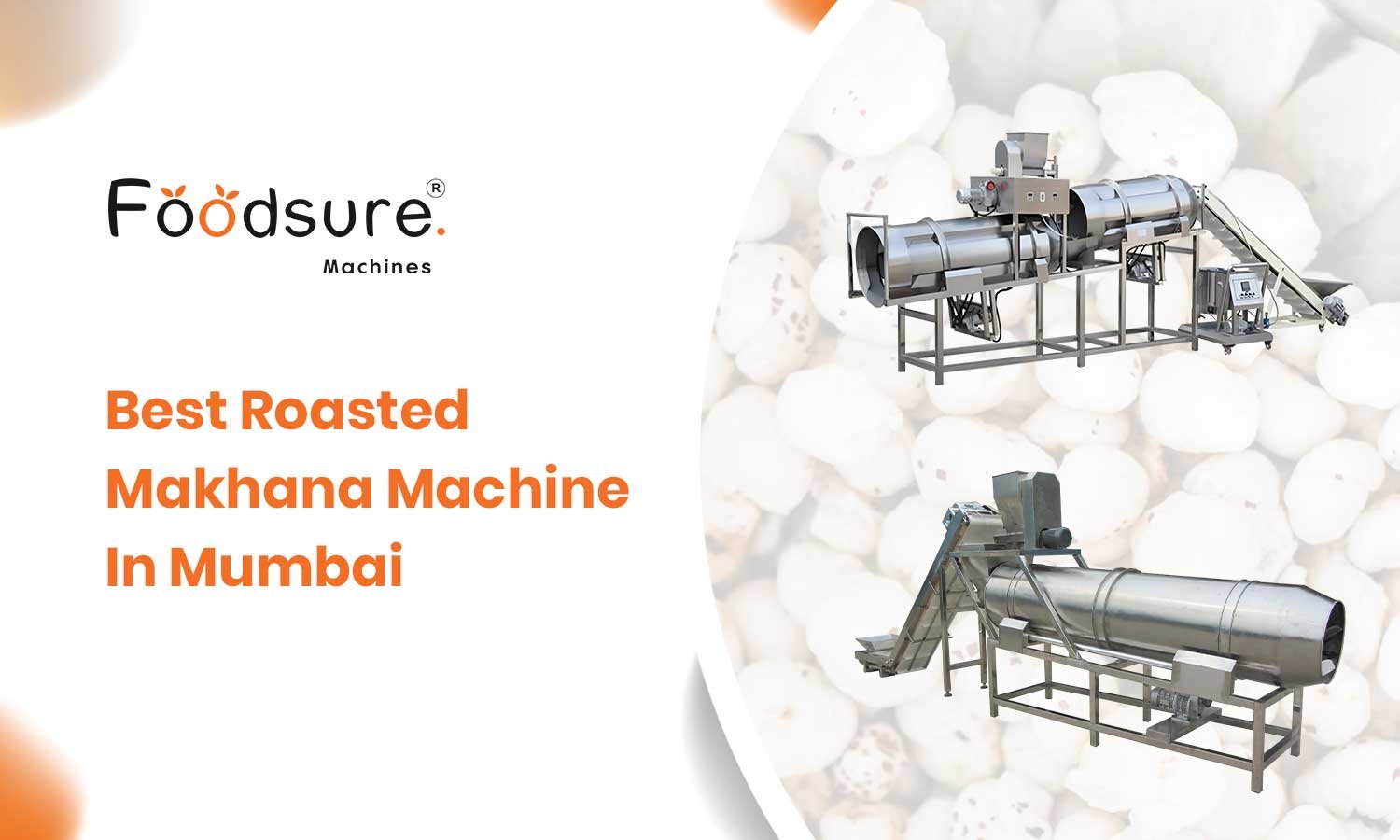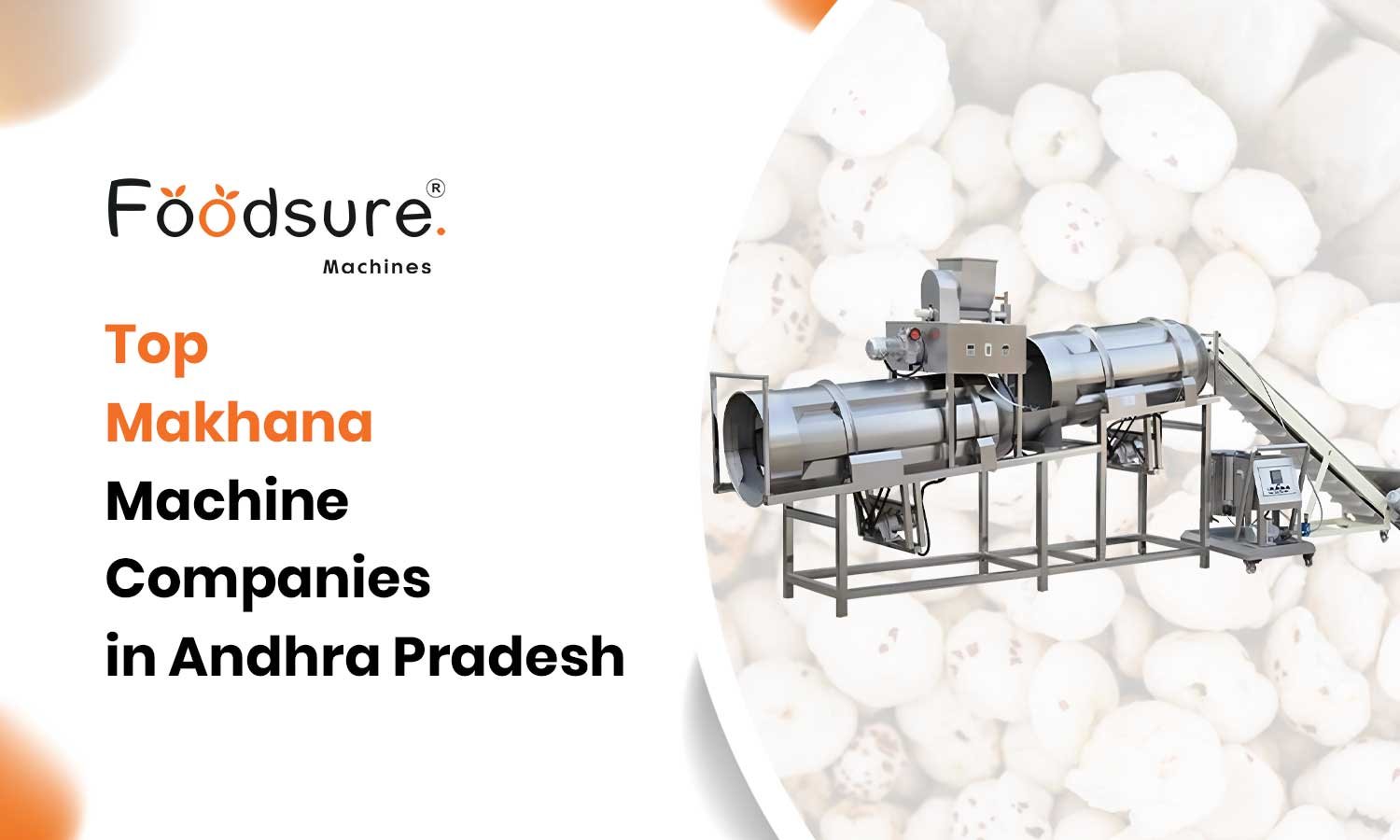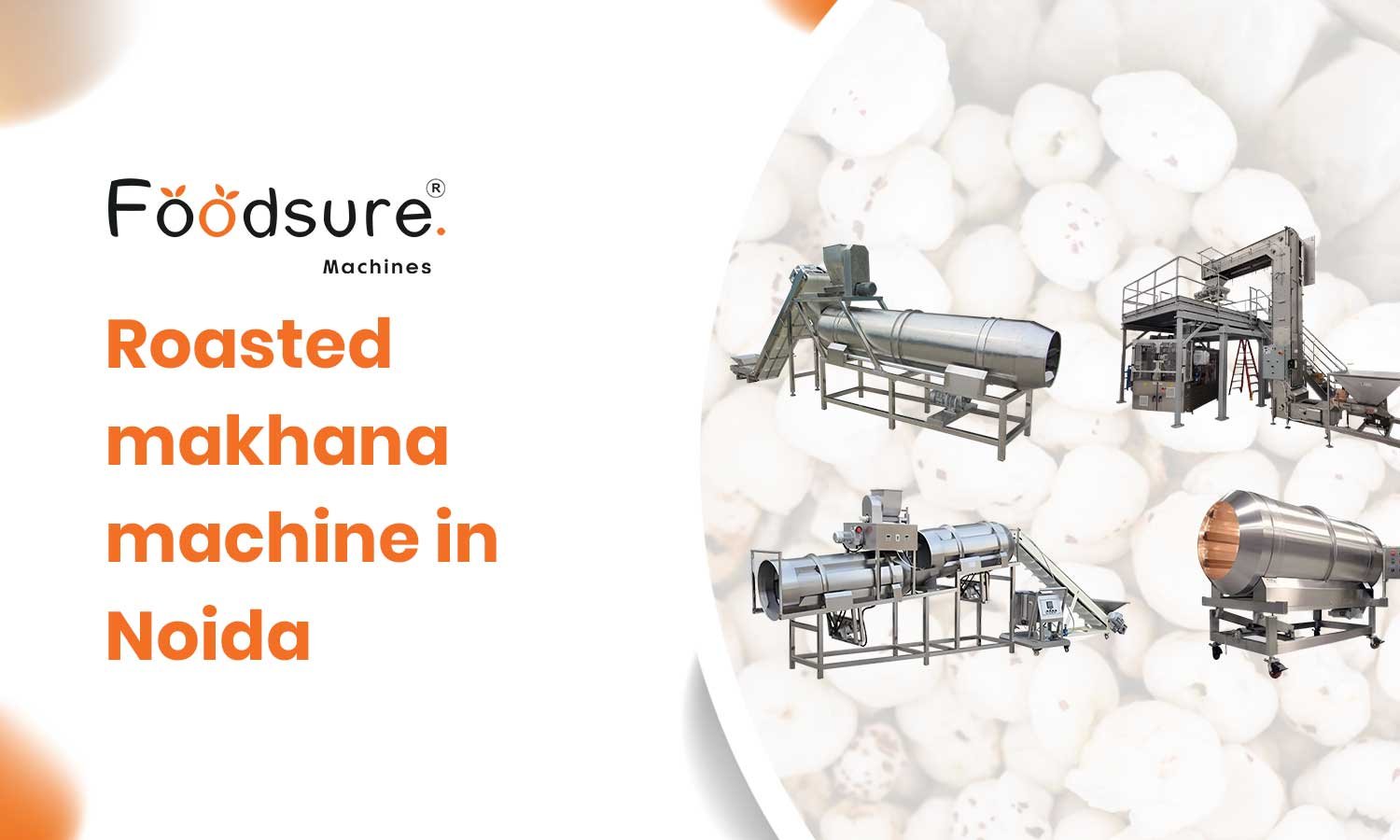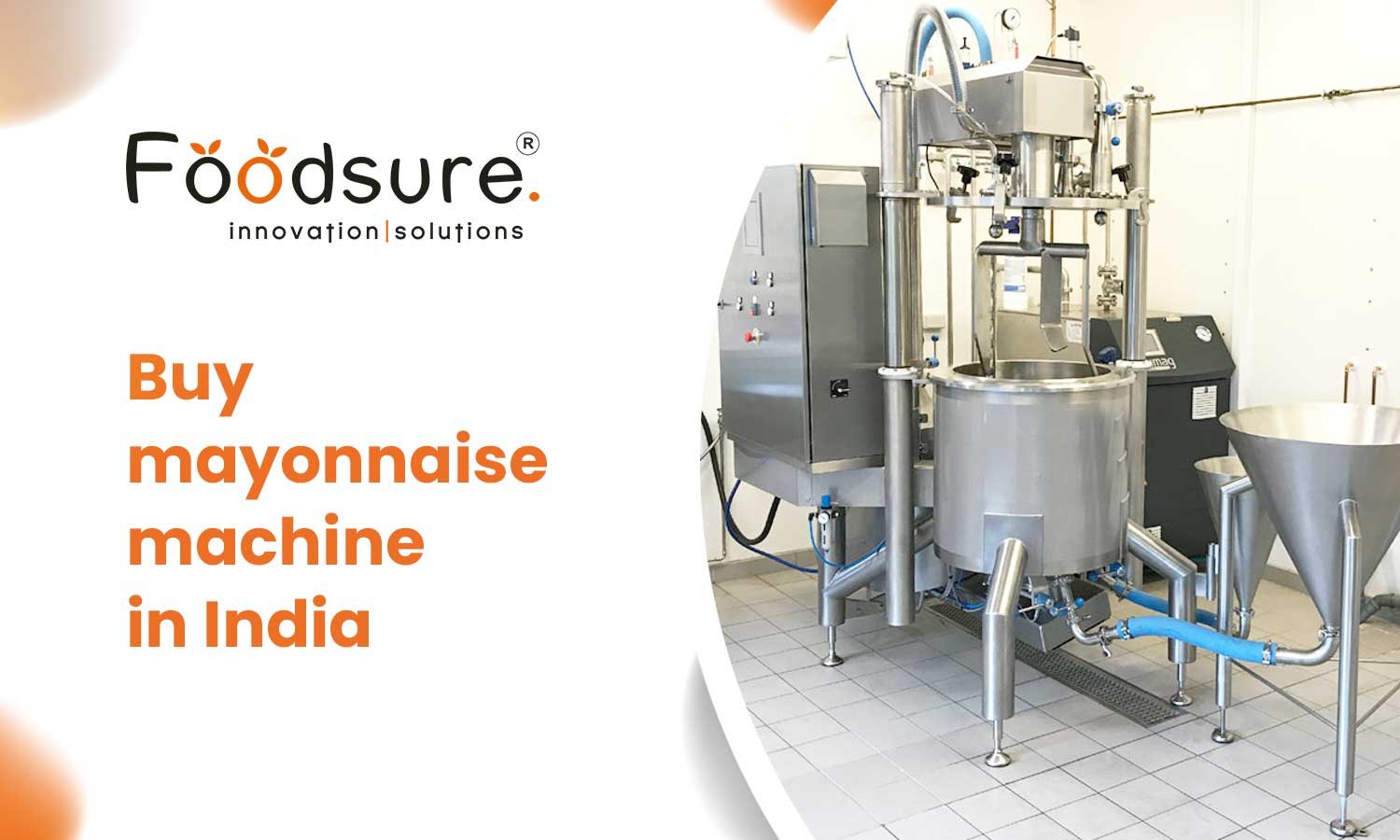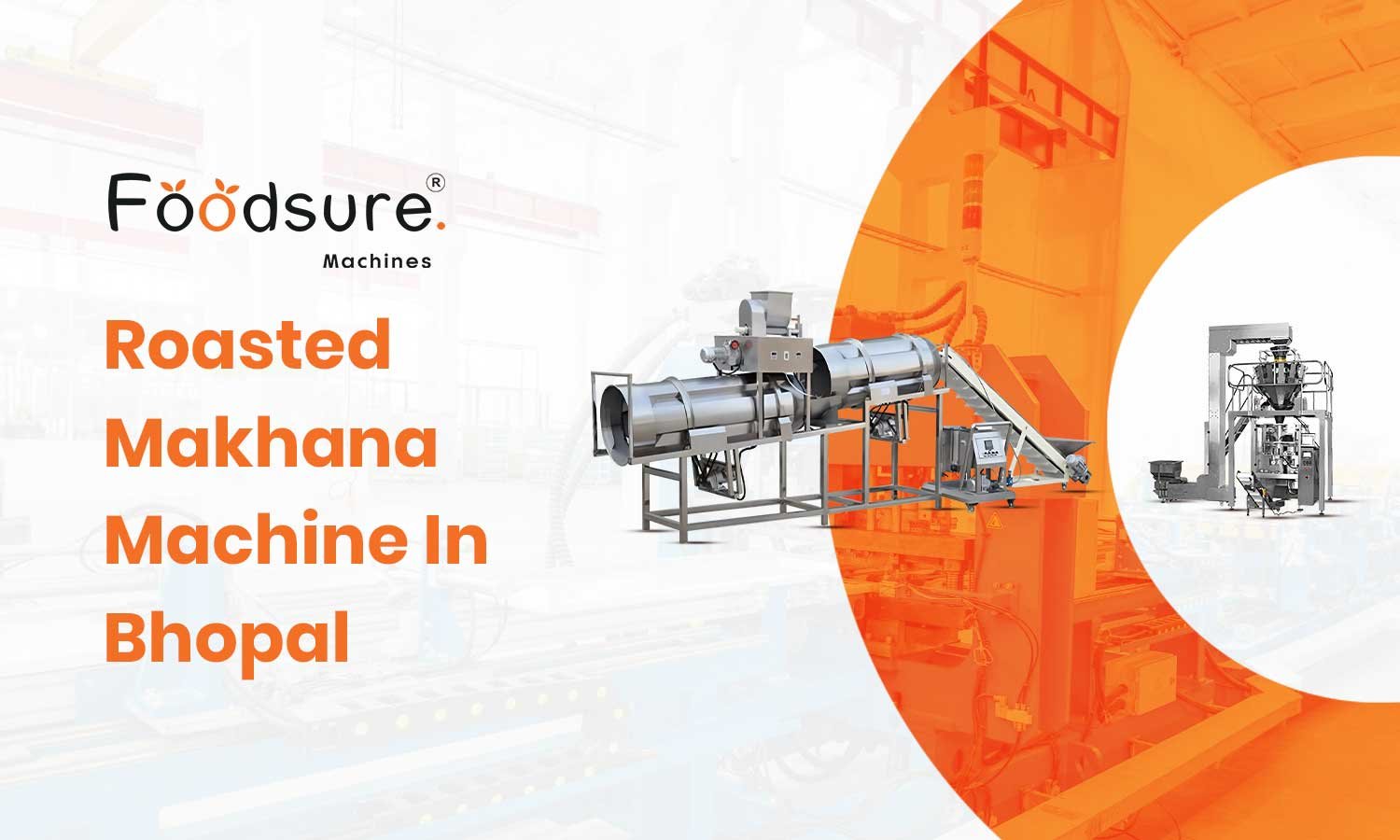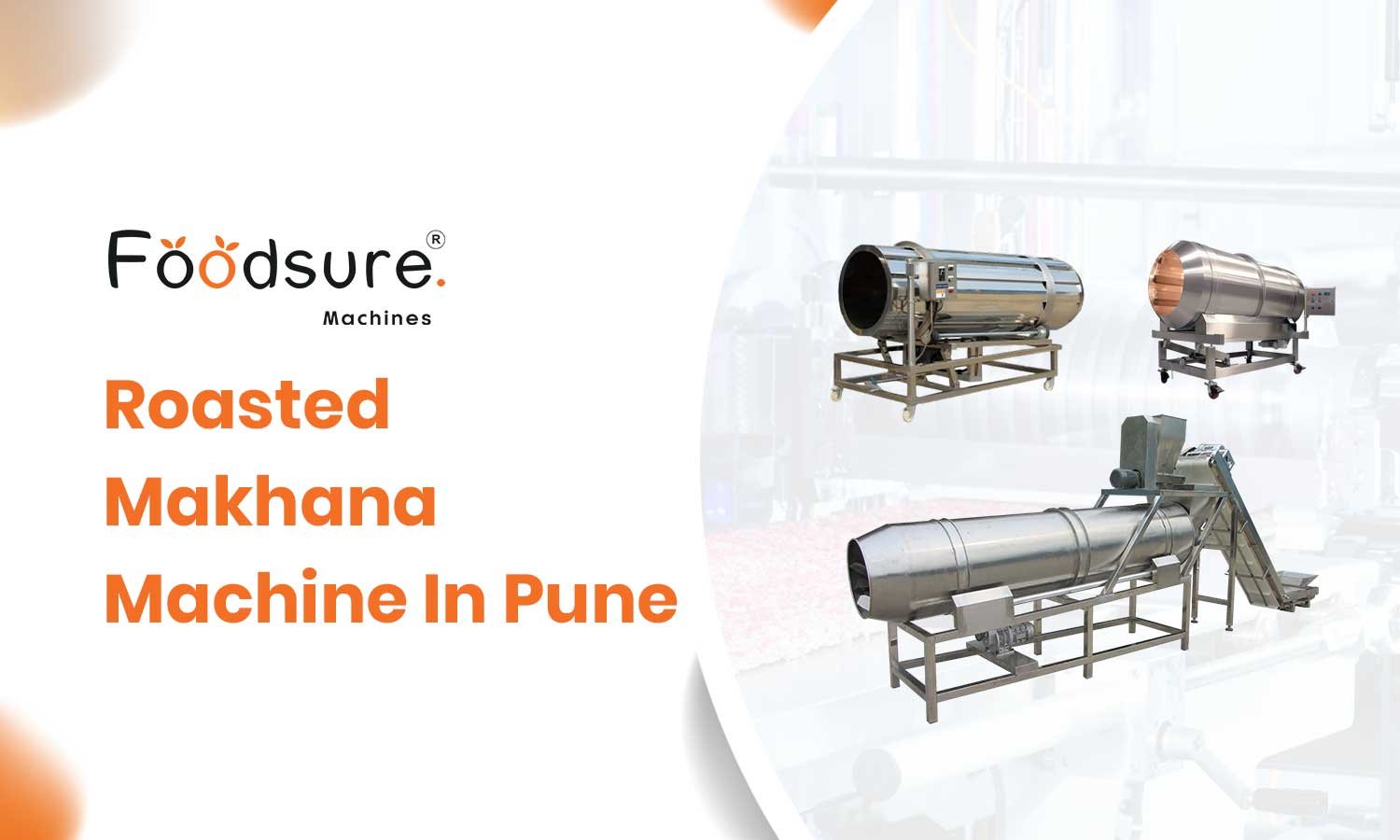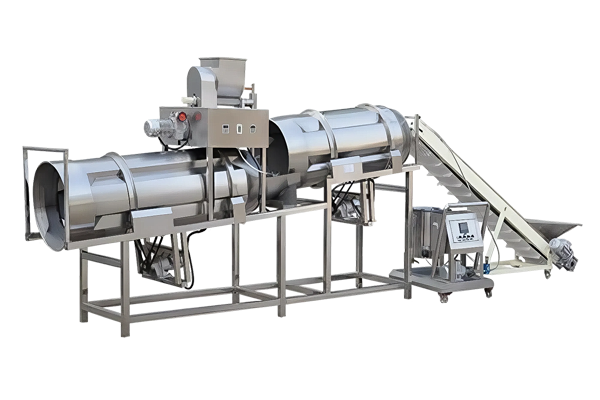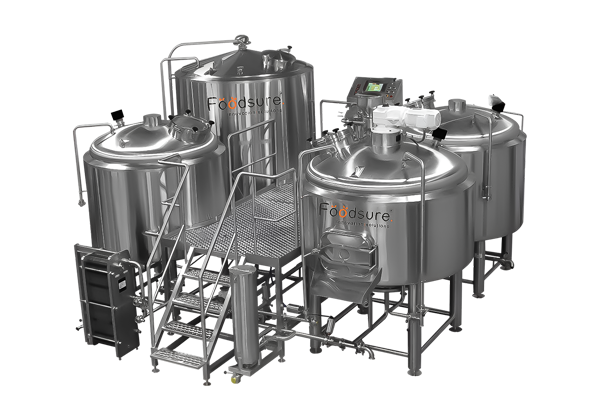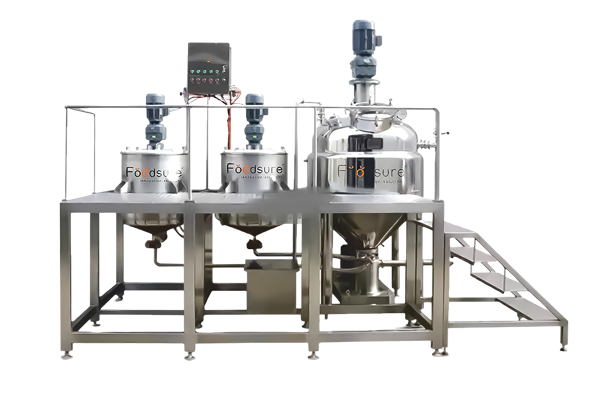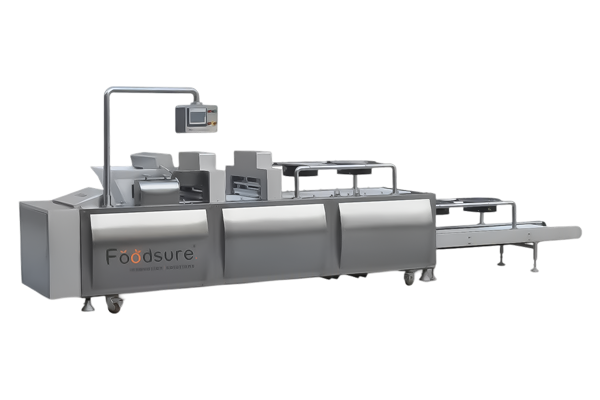Hand-packing makhana works when you are small. But as orders increase, it holds you back. It’s slow, inconsistent, and too dependent on labor that may not show up. You end up with uneven pouches, and real questions about hygiene. Smart packaging changes that. These makhana packaging machine with nitrogen flushing can seal 200 to 3,000+ pouches an hour. Makhana machines don’t guess weights. Each unit operates with precision, speed, and consistency.
You don’t have to worry anymore about leaky pouches or buyer complaints. You get cleaner packs and give retailers fewer reasons to say no. For a small-scale makhana packing unit and mid-sized makhana processors, it’s a way to grow without adding chaos. Better margins, fewer mistakes, and products that look the part.
3 Ways Hand-Packing Is Slowing Your Growth
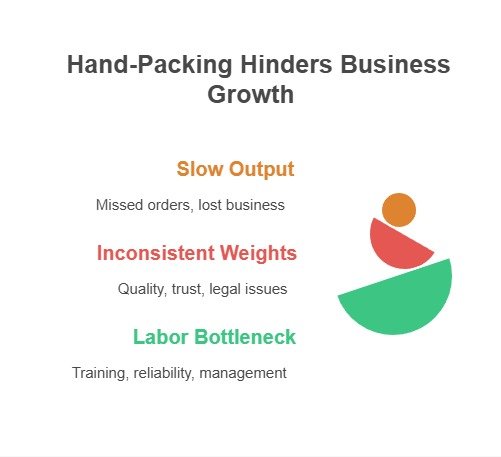
If you are still relying on hand-packing, you will find out how it’s quietly costing you. Why switching to a makhana machine with nitrogen flushing might be exactly what your unit needs.
-
Slow output means missed orders
If you are hand-packing, you are probably managing a few hundred pouches an hour at best. That might work for now, but as orders grow, delays start stacking up. Deadlines slip. Buyers lose patience. And you lose business.
-
Inconsistent weights lead to complaints
Humans aren’t machines. Pouch weights vary. Some are underfilled, others over. That’s not just a quality issue, it’s a trust issue. And in some cases, it’s a legal one too.
-
Labor becomes a bottleneck
Manual packing needs people. Skilled ones. The kind who show up on time, work consistently, and don’t leave after two weeks. That’s hard to find and harder to manage. You spend more time training and chasing reliability than running the business.
From Local to Global: Trends That Make Automation a Must
If we’re being honest, manual packing won’t take you far. A food-grade makhana packaging machine makes a real difference when you are ready to grow beyond local limits.
-
Exports need better packaging
As makhana exports grow, so do the standards. The makhana pouch filling and sealing machine ensures hygiene, consistency, and shelf life that global buyers expect.
-
Retail needs shelf-ready, barcoded packs
Supermarkets and online platforms won’t take uneven, unlabelled pouches. Automation delivers clean, uniform packs with barcodes ready for shelves.
-
Buyers expect reliability
Distributors want airtight seals, correct weights, and traceability. Automation gives them that and gives you fewer headaches.
Built for Growth: Inside the Machinery of a High-Performance Makhana Line
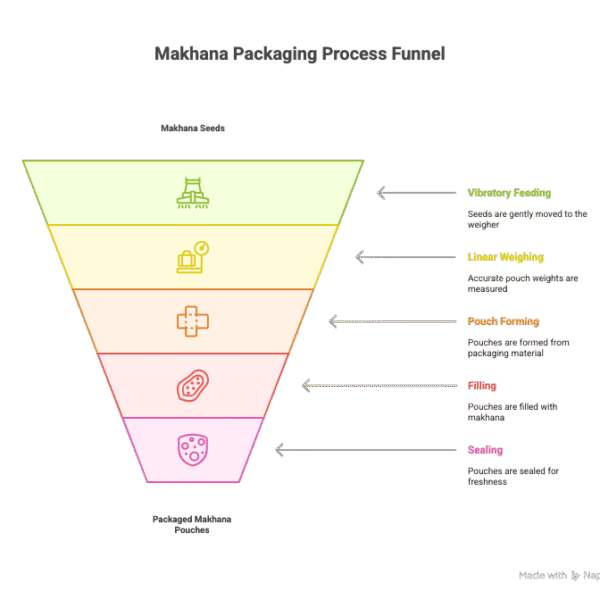
If you are building a serious operation, the food-grade makhana machine isn’t just a tool; it’s the engine that drives speed, consistency, and scale. Let’s look at what goes into a high-performing line.
-
Core Components:
A smart makhana pouch filling and sealing machine isn’t just faster, it’s developed to solve real problems. It starts with a vibratory feeder that moves the seeds gently to a linear weigher. That gives you accurate pouch weights without crushing the product. From there, the FFS machine forms, fills, and seals each pouch up to 60 per minute with clean, consistent results. It adds up to less labor, fewer errors, and packs that look better in retail. You get speed, hygiene, and consistency in a single flow.
-
Output You Can Expect:
- High-speed output: A well-built makhana packaging line can push out 30 to 60 pouches a minute. That kind of speed isn’t just impressive, but it also helps you to hit big orders on time and opens the door to serious retail and export volume.
- Flexible pouch sizes: Even if you are selling trial packs or bulk family bags, the system handles weights from 10g to 200g without hassle. You can adjust quickly, match customer demand, and stay versatile as your product range grows.
- Cost efficiency: Packaging costs run anywhere from ₹1.5 to ₹6 per pouch. It depends on your setup, level of automation, and pouch size, but the key is this: you control the cost, and you get the speed and quality to justify it.
From Manual to Profitable: How Smart Packaging Changes the Game
If you are running a small-scale makhana packing unit, smart packaging cuts your labor needs fast. It automates filling and sealing, so you rely less on manual work and avoid the slip-ups that come with it. That alone speeds up production and helps you ship faster.
You also get clean, airtight packs that meet hygiene standards not just for India, but for export too. Shelf life improves, product consistency goes up, and buyers start to take you more seriously. It’s a direct path to scaling without stretching your team thin.
Real Results: A Bihar Unit’s Jump from Manual Labor to Smart Output
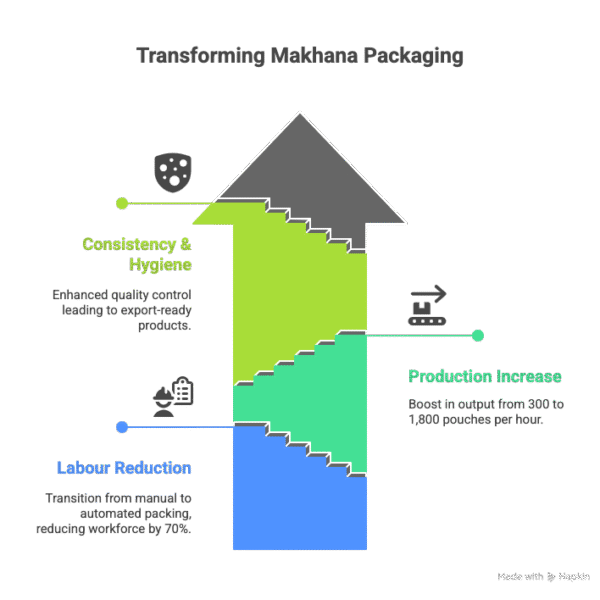
When this Bihar unit switched to a makhana packaging machine, it didn’t just speed up; it reshaped how the whole operation ran.
-
Labour reduction
A makhana unit in Bihar went from depending on three workers on the packing line to just one operator. That one shift cut labor costs by nearly 70% without slowing production.
-
Production capacity increase
Before the switch, the team was managing about 300 pouches an hour by hand. After switching to an automatic makhana packaging machine, the output jumpedto 1,800 per hour. That’s six times the output with a smaller team.
-
Improved consistency and hygiene
Automation took the trial and error out of filling and sealing. Pouches looked cleaner, weighed right, and sealed tight, exactly what buyers want. The unit could now serve export orders and retail shelves with confidence.
Wanna know more about makhana processing machines? Read more
Scaling Options Comparison: Which Packaging Setup Fits Your Unit Best?
Choosing the right makhana packaging machine isn’t just about speed; it’s about what fits your factory today and where you want to take it next.
| Feature | Hand-Packing | Semi-Automatic Packaging | Fully Automatic Line |
|---|---|---|---|
| Speed (pouches/min) | 5–10 | 20–30 | 30–60+ |
| Accuracy | Low | Medium | High |
| Labor Requirement | 3–5 people | 2 people | 1 operator |
| Cost per Pouch | High (manual) | Moderate | Lowest |
| Barcode/Batch Coding | Manual | Optional | Integrated |
From Manual to Market-Ready—Let’s Design Your Smart Packaging Line
Foodsure Machines helps growing and small-scale makhana brands scale without the usual pain points. Our makhana packaging machine are compact, modular, and built to fit different production sizes, so you don’t have to overbuy or overbuild. What you get is speed, consistency, and clean, retail-ready packs that meet market standards. Our automatic makhana packaging machine are easy to run. Training is hands-on. Support is ongoing. So, you can move from hand-packing to efficient, export-ready production without stress. It’s a smarter way to grow, even if you are processing 500 kg a day or gearing up for more.
Ready To Upgrade Your Makhana Packing?
Reach out to us anytime via call or email.
FAQ
Q1: How does smart packaging improve makhana packing speed?
It replaces slow, manual packing with automated filling and sealing. You go from maybe 300 pouches an hour to 1,800 or more, up to 60 per minute. That kind of speed helps you hit deadlines, take bigger orders, and actually scale.
Q2: What are the quality benefits of switching to smart packaging?
You get consistent pouch weights, tight seals, and cleaner packs every time. That means longer shelf life, better product presentation, and fewer quality complaints from buyers or consumers.
Q3: How does automation affect labor and costs for makhana processors?
It lowers your need for hands-on labor and cuts down on mistakes and waste. You spend less on staffing and rework, and you get more output from the same setup. That adds up to real savings and better margins.

